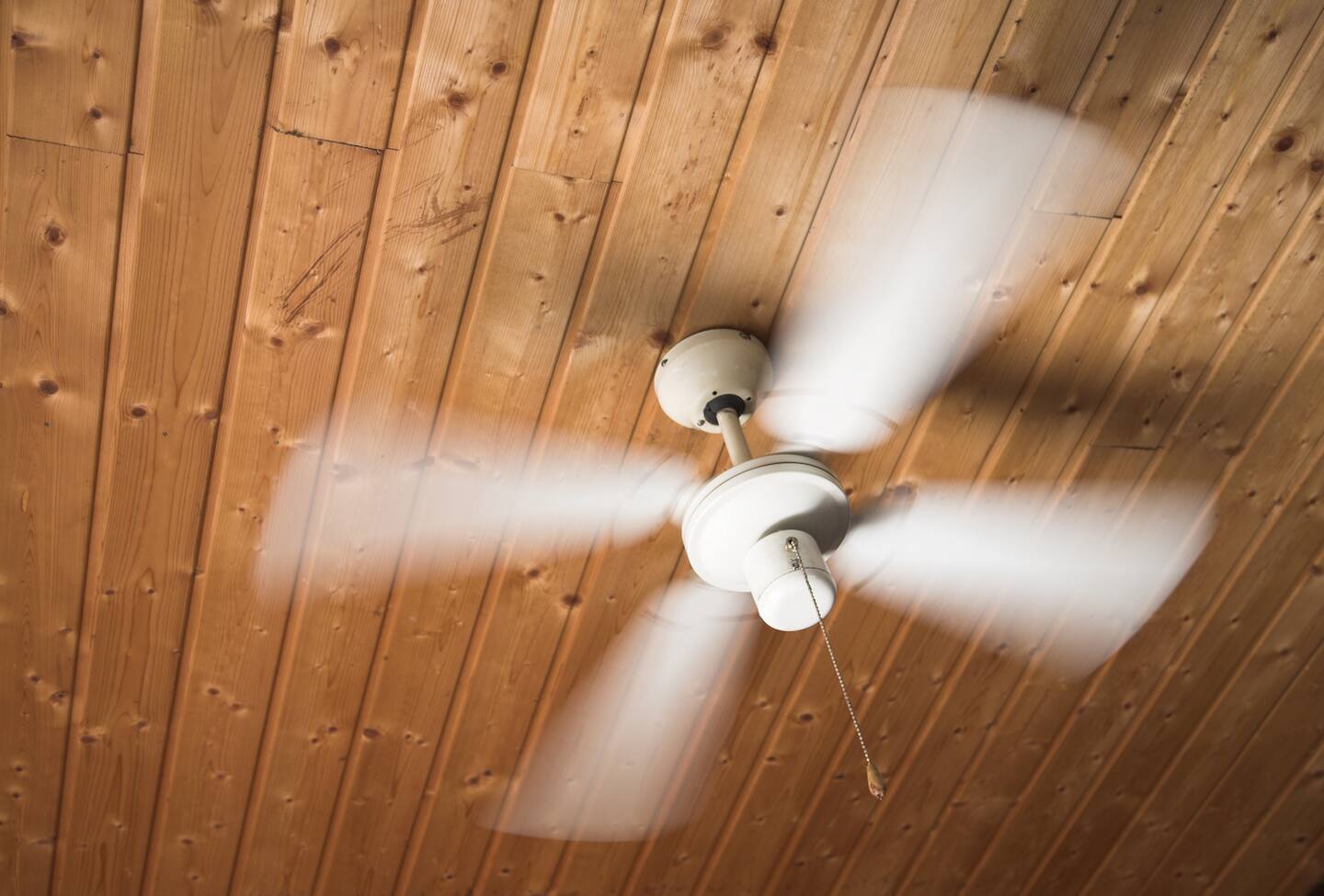

Articles
Which Way Should The Fan Turn In The Winter
Modified: January 19, 2024
Discover helpful articles and tips on which way your fan should turn during the winter season. Find out how to optimize your home's heating efficiency.
(Many of the links in this article redirect to a specific reviewed product. Your purchase of these products through affiliate links helps to generate commission for Storables.com, at no extra cost. Learn more)
Introduction
As the winter months approach, many homeowners find themselves wondering how to properly utilize their ceiling fans during this time. While ceiling fans are commonly associated with providing a cooling breeze during warmer seasons, they can also play a crucial role in maintaining a comfortable environment during the colder months. By understanding the concept of ceiling fan rotation in winter and making a few simple adjustments, you can optimize the performance of your fan and enhance the efficiency of your heating system.
In this article, we will explore the importance of ceiling fans in winter, the factors to consider when determining the correct direction for ceiling fan rotation, and the benefits of using your ceiling fan effectively during this season. We will also debunk common misconceptions surrounding the use of ceiling fans in winter, providing you with the knowledge and confidence to make the most of your ceiling fan year-round.
Now, let’s delve into the details and discover how to make your ceiling fan work for you during the winter months!
Key Takeaways:
- Utilize your ceiling fan in winter to redistribute warm air, improve energy efficiency, and combat condensation, creating a comfortable and cozy living space while reducing heating costs.
- Adjust your ceiling fan’s rotation, speed, and blade pitch to optimize heat distribution, eliminate drafts, and save energy during the winter months, maximizing comfort and efficiency year-round.
Understanding the Role of Ceiling Fans in Winter
When most people think of ceiling fans, they envision them being used to generate cool air during hot summer days. However, ceiling fans can also be a valuable asset during the winter months. By understanding their role in winter, you can effectively utilize your ceiling fan to create a more comfortable and energy-efficient environment.
Contrary to popular belief, ceiling fans in the winter do not generate cold air. Instead, they help to redistribute the warm air that rises and gets trapped near the ceiling. As heated air naturally moves upwards, the warmer air accumulates near the ceiling, leaving the lower areas of the room feeling cooler. By running your ceiling fan in winter, you can push the warm air back down toward the living space, creating a more consistent and comfortable temperature throughout the room.
Additionally, utilizing a ceiling fan in the winter can help reduce your reliance on your heating system. By circulating the warm air that is already present in the room, your heating system doesn’t have to work as hard to maintain a comfortable temperature. This can lead to energy savings and a more efficient use of resources.
Another benefit of using ceiling fans in winter is their ability to combat condensation and moisture buildup. During colder months, when the air outside is colder and the inside of your home is warmer, condensation can occur on windows and other surfaces. Running a ceiling fan on low speed helps to keep the air circulating, reducing the likelihood of condensation forming and minimizing the risk of mold and mildew growth.
By understanding these key roles of ceiling fans in winter, you can make informed decisions about when and how to utilize your fan to enhance the comfort and efficiency of your living space. In the next section, we will discuss the factors to consider when determining the correct direction for ceiling fan rotation in winter.
Factors to Consider for Ceiling Fan Rotation in Winter
When it comes to ceiling fan rotation in winter, there are a few factors to consider to ensure that you are maximizing its effectiveness. The direction in which your fan rotates plays a significant role in redistributing the warm air and creating a comfortable environment. Here are the key factors to keep in mind:
- Blade Pitch: The blade pitch refers to the angle at which the blades are set. Most ceiling fans have adjustable blade pitch, allowing you to change the angle depending on the season. In winter, it is recommended to set the blade pitch to a low angle, typically around 12-14 degrees. This allows the fan to gently push the warm air downwards and prevent any drafts without creating too much airflow.
- Directional Switch: Many modern ceiling fans come with a directional switch, usually located on the fan itself. This switch allows you to change the direction of the fan’s rotation. In winter, you want the fan to rotate in a clockwise direction. This will ensure that the warm air near the ceiling is pulled downward and circulated throughout the room.
- Fan Speed: Adjusting the speed of your ceiling fan in winter is crucial to maintaining a comfortable temperature without creating a draft. Setting the fan to a low or medium speed is generally recommended. This will provide enough airflow to effectively redistribute the warm air while minimizing any cooling effect from the fan’s movement.
- Room Size and Ceiling Height: The size of the room and the height of the ceiling can also impact the fan’s rotation in winter. In larger rooms or rooms with higher ceilings, you may need to run the fan at a higher speed or adjust the blade pitch slightly to achieve the desired airflow and temperature balance.
It is important to note that every fan model may have slightly different recommendations, so it is always a good idea to consult your fan’s user manual or reach out to the manufacturer for specific instructions on the best settings for winter rotation.
By taking into account these factors and making the necessary adjustments, you can optimize your ceiling fan’s rotation in winter and create a comfortable, draft-free environment in your home. In the next section, we will discuss how to determine the correct direction for ceiling fan rotation in winter.
Determining the Correct Direction for Ceiling Fan Rotation
Determining the correct direction for ceiling fan rotation in winter is essential for optimizing its effectiveness in redistributing warm air and maintaining a comfortable environment. Here’s how you can determine the correct direction:
1. Observe the Fan in Action: Start by turning on your ceiling fan and observing the direction in which it currently rotates. Stand directly beneath the fan and look up at the blades. If the fan is rotating counterclockwise (or anti-clockwise), it is set for summer mode. In winter, you want the fan to rotate in a clockwise direction. In most cases, you can change the fan’s direction using a switch located on the fan housing or remote control.
2. Use the Fan’s Winter Mode Setting: Many modern ceiling fans have a winter mode setting, which adjusts the rotation direction and speed automatically for optimal performance in colder months. Consult your fan’s manual or contact the manufacturer to determine if your fan has this feature and how to activate it.
3. Check for Warm Air Circulation: Once you have made the necessary adjustments to the fan’s direction, carefully observe the movement of the blades. You should feel a gentle breeze beneath the fan as it pushes the warm air near the ceiling downward. If you don’t feel any airflow or notice a cool breeze, double-check that the fan is rotating in the correct direction.
4. Make Adjustments as Needed: Every room and ceiling fan setup may require slightly different adjustments. If you notice that the airflow is too strong or too weak, experiment with adjusting the fan speed or blade pitch to achieve the desired comfort level without creating drafts or too much cooling effect. Remember to refer to your fan’s manual for specific instructions on making adjustments.
By determining the correct direction for ceiling fan rotation in winter and making necessary adjustments, you can maximize the fan’s ability to redistribute warm air and maintain a comfortable temperature in your living space.
In the next section, we will discuss the benefits of using the correct ceiling fan rotation in winter.
During winter, the fan should turn clockwise at a low speed to push warm air down from the ceiling. This helps to distribute heat more evenly and can make the room feel warmer.
Benefits of Correct Ceiling Fan Rotation in Winter
Using the correct ceiling fan rotation in winter offers several benefits that can enhance the comfort and energy efficiency of your home. Here are the main advantages:
1. Improved Heat Distribution: By running your ceiling fan in the correct clockwise direction during winter, you can effectively circulate warm air that tends to rise and accumulate near the ceiling. This helps distribute the heat evenly throughout the room, eliminating cold spots and creating a more comfortable environment for you and your family.
2. Energy Efficiency: Properly utilizing your ceiling fan in winter can reduce your dependency on heating systems, leading to potential energy savings. The fan’s circulation of warm air allows you to set your thermostat lower without sacrificing comfort. As a result, your heating system doesn’t have to work as hard, potentially reducing energy consumption and lowering utility bills.
3. Elimination of Drafts: A common concern with using ceiling fans in winter is the possibility of creating drafts or a cooling effect. However, when the fan is set to rotate in the correct direction and adjusted to a suitable speed and blade pitch, you can eliminate drafts while still enjoying the benefits of improved heat distribution.
4. Reduced Condensation and Moisture: Running a ceiling fan in winter can help combat condensation and moisture buildup on windows and other surfaces. By keeping the air circulating and preventing stagnant air pockets, you can minimize the risk of mold and mildew growth while maintaining a healthier indoor environment.
5. Year-Round Fan Utility: Utilizing your ceiling fan effectively in winter allows you to enjoy its benefits all year round. By simply adjusting the direction, speed, and blade pitch during different seasons, you can optimize comfort and energy efficiency regardless of the weather outside.
6. Elevated Aesthetics: Ceiling fans are not only functional but also contribute to the aesthetics of a room. Whether your fan is a statement piece or blends seamlessly with your decor, utilizing it in winter ensures that it remains a visually appealing element while serving a practical purpose.
By understanding and implementing the correct ceiling fan rotation in winter, you can experience these benefits firsthand. Remember to consult your fan’s manual or contact the manufacturer for specific instructions on optimizing your specific fan model.
In the next section, we will address some common misconceptions surrounding ceiling fan rotation in winter and debunk them.
Read more: Which Way Should Fan Spin
Common Misconceptions about Ceiling Fan Rotation in Winter
There are several common misconceptions surrounding ceiling fan rotation in winter. Let’s address and debunk some of these misconceptions:
1. Ceiling fans in winter create cold air: This is a common misconception. Ceiling fans do not generate cold air; they simply circulate the existing air in the room. In winter, the proper rotation of the fan helps redistribute warm air that rises and gets trapped near the ceiling, creating a more comfortable environment.
2. Ceiling fans are only for summertime use: While it’s true that ceiling fans are commonly associated with cooling during the summer months, they can also be beneficial in winter. Properly utilizing your ceiling fan in the winter can help improve heat distribution and reduce heating costs.
3. Ceiling fans cool the air in winter: Ceiling fans do not actively cool the air like an air conditioner does. When used correctly in winter, the fan’s rotation helps to push down the warm air near the ceiling and circulate it, minimizing temperature variations and creating a more consistent environment.
4. Fans need to be set at high speed in winter: Running your ceiling fan at high speed in winter can create drafts and a cooling effect, which is typically not desired. Instead, it is recommended to set the fan at a low or medium speed, allowing for gentle airflow that redistributes the warm air without producing a noticeable cooling sensation.
5. Ceiling fans waste energy in winter: On the contrary, using a ceiling fan correctly in winter can actually help save energy. By improving the circulation of warm air, you can set your thermostat lower without sacrificing comfort. This can lead to energy savings and a more efficient use of your heating system.
6. All ceiling fans have the same winter setting: While many modern ceiling fans have a specific winter mode setting, not all fans are the same. The methods for adjusting the fan’s direction, speed, and blade pitch may vary between models. It is important to consult your fan’s manual or contact the manufacturer for specific instructions on optimizing your fan for winter use.
By understanding these common misconceptions and debunking them, you can make informed decisions about using your ceiling fan effectively in winter. Now that we have cleared up these misconceptions, let’s conclude our discussion in the next section.
Conclusion
Ceiling fans are not just summer essentials; they have a valuable role to play in maintaining a comfortable and energy-efficient environment during the winter months as well. By understanding the importance of ceiling fan rotation in winter and making a few simple adjustments, you can optimize the performance of your fan and enhance the efficiency of your heating system.
Throughout this article, we have covered various aspects related to ceiling fan rotation in winter. We began by discussing the role of ceiling fans in winter and how they help redistribute warm air, enhance energy efficiency, and combat condensation. We then explored the factors to consider when determining the correct direction for ceiling fan rotation, such as blade pitch, directional switch, fan speed, room size, and ceiling height.
Next, we highlighted the benefits of using the correct ceiling fan rotation in winter, including improved heat distribution, energy efficiency, elimination of drafts, reduced condensation, and year-round utility. We dispelled common misconceptions surrounding ceiling fan rotation, clarifying that ceiling fans do not generate cold air, can be used in winter, do not actively cool the air, can save energy, and may have different settings depending on the model.
In conclusion, utilizing your ceiling fan effectively in winter can significantly enhance comfort levels, reduce energy consumption, and create a pleasant living environment throughout the year. By following the guidelines outlined in this article and adjusting your fan’s settings, you can take full advantage of its benefits during the colder months.
Remember, when in doubt, consult your ceiling fan’s user manual or reach out to the manufacturer for specific instructions tailored to your particular fan model. With the knowledge gained from this article, you are now equipped to make the most of your ceiling fan and create a cozy winter retreat in your home.
Frequently Asked Questions about Which Way Should The Fan Turn In The Winter
Was this page helpful?
At Storables.com, we guarantee accurate and reliable information. Our content, validated by Expert Board Contributors, is crafted following stringent Editorial Policies. We're committed to providing you with well-researched, expert-backed insights for all your informational needs.

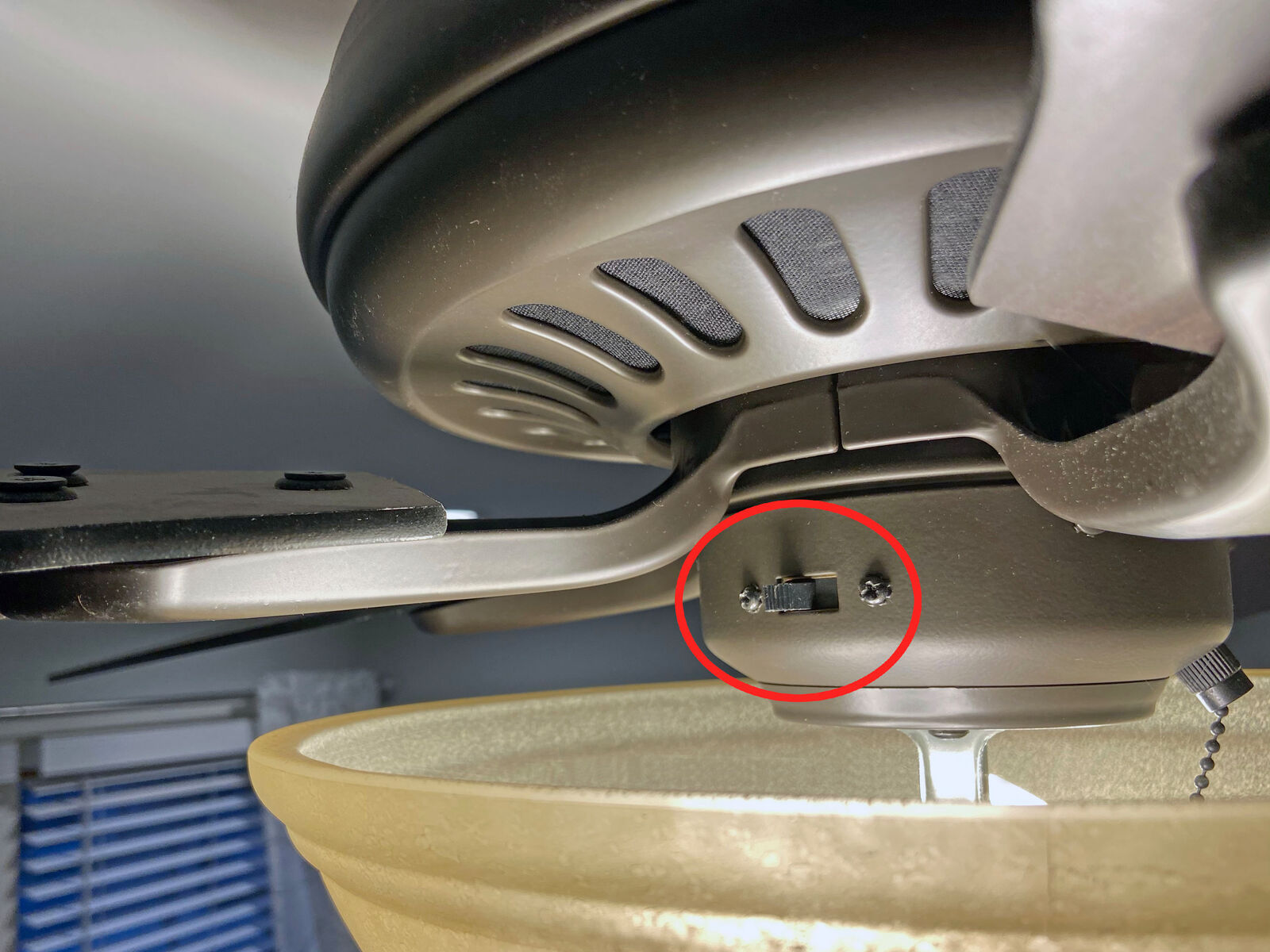

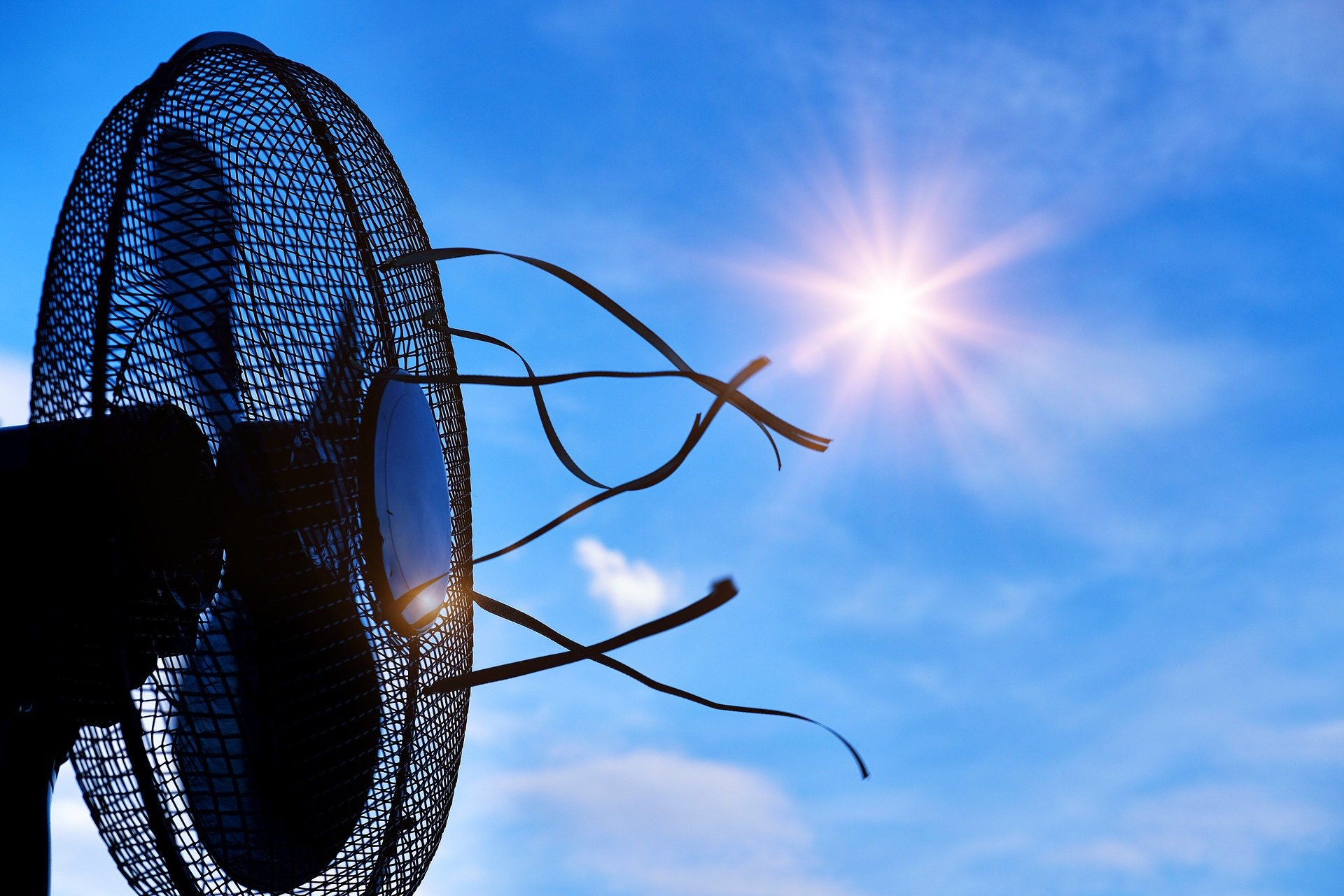
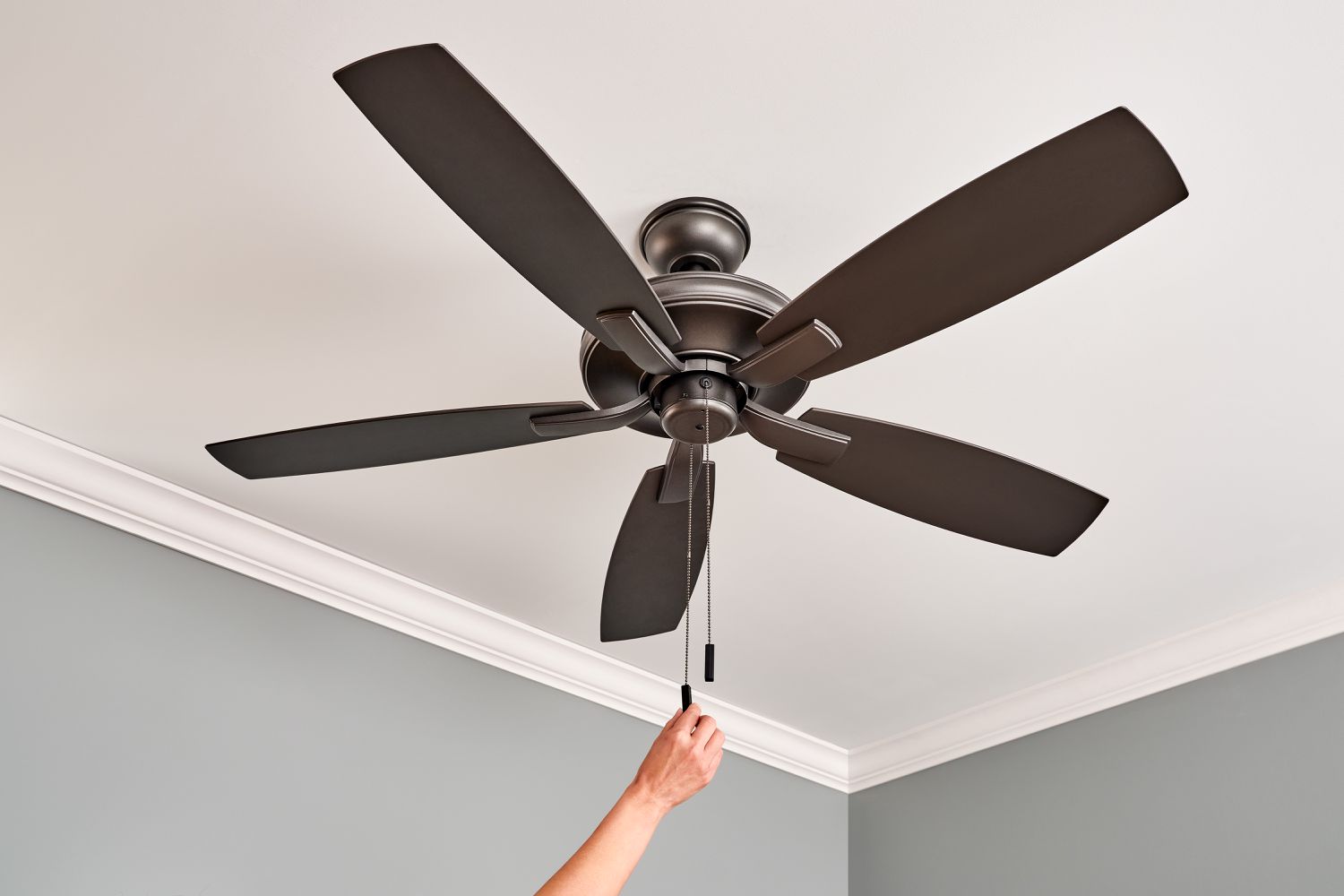
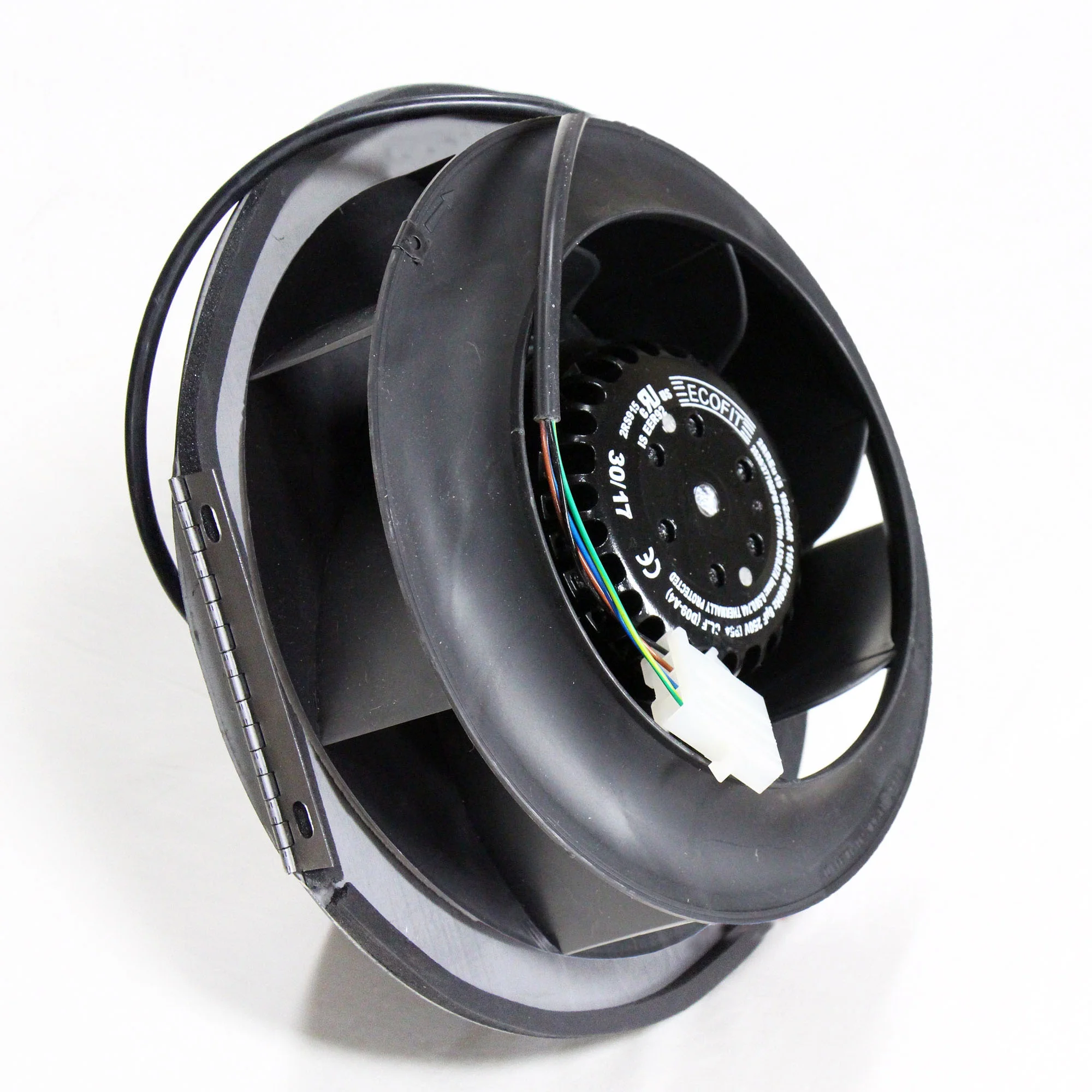
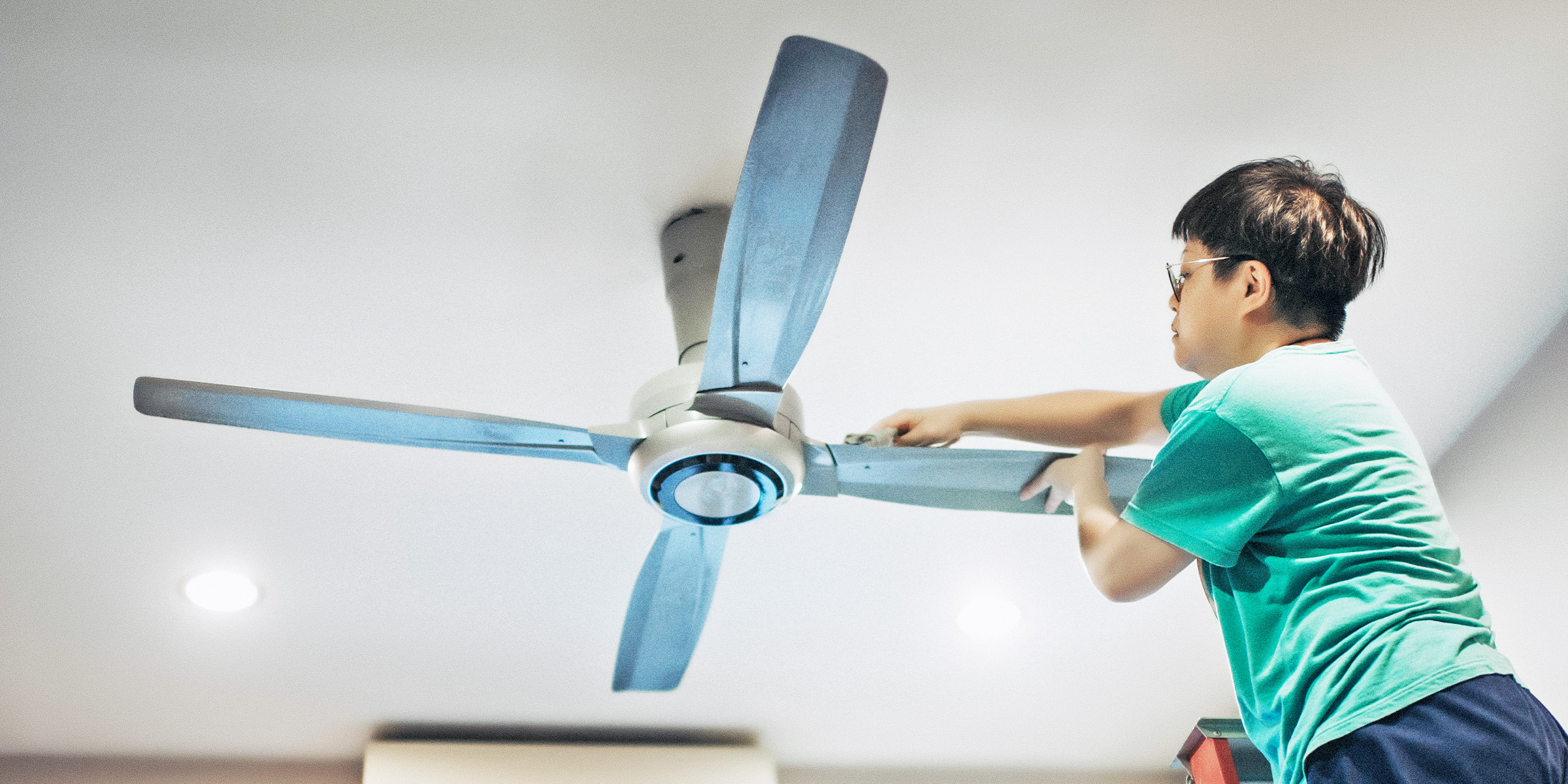
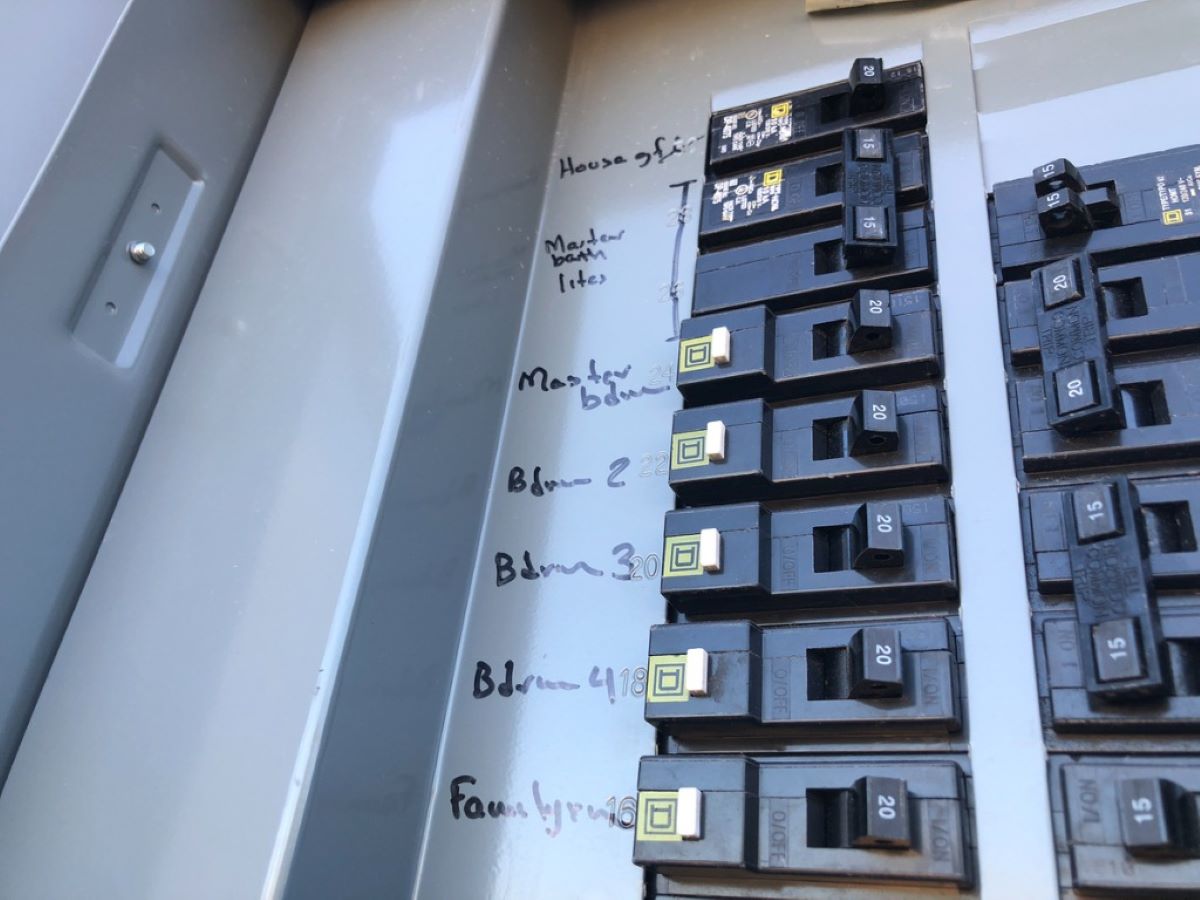

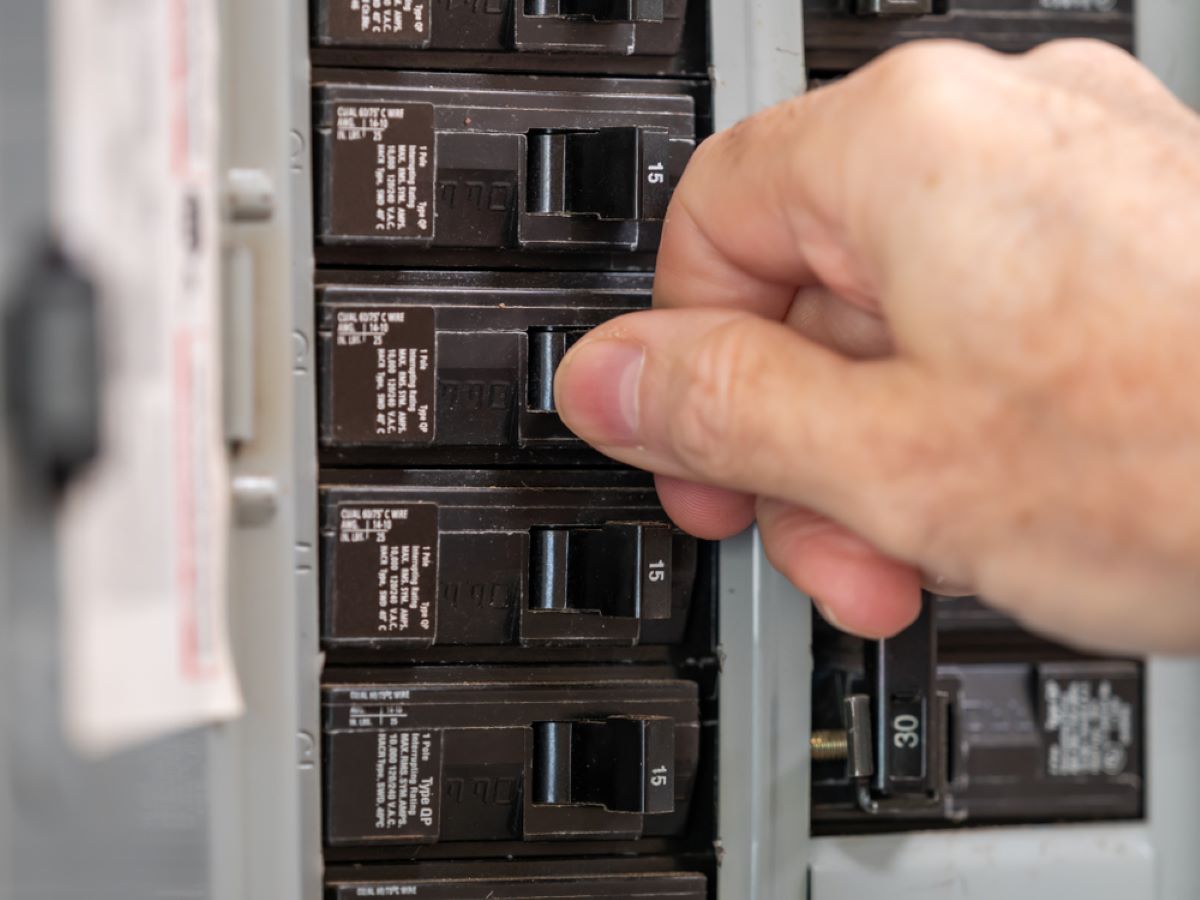

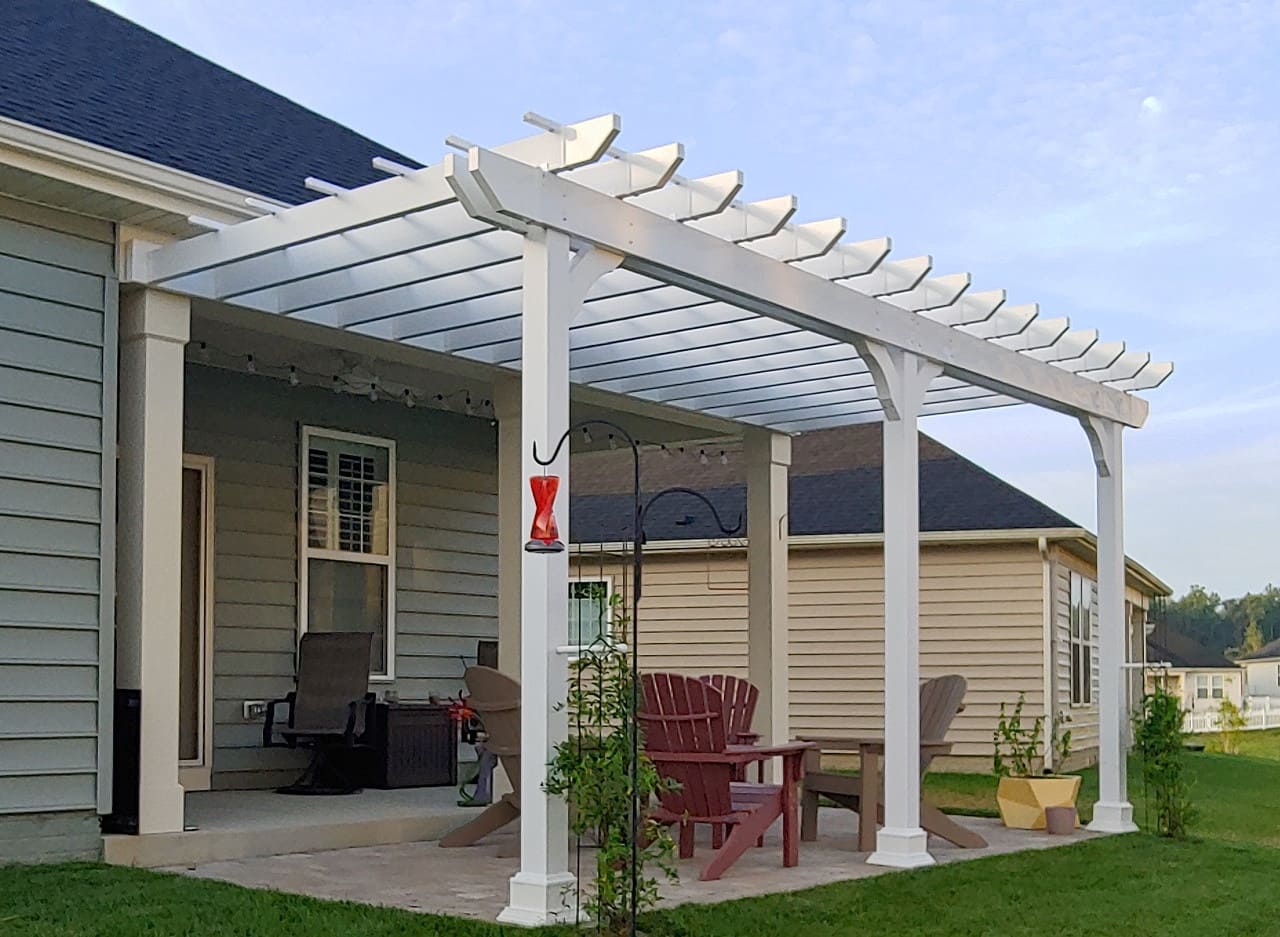
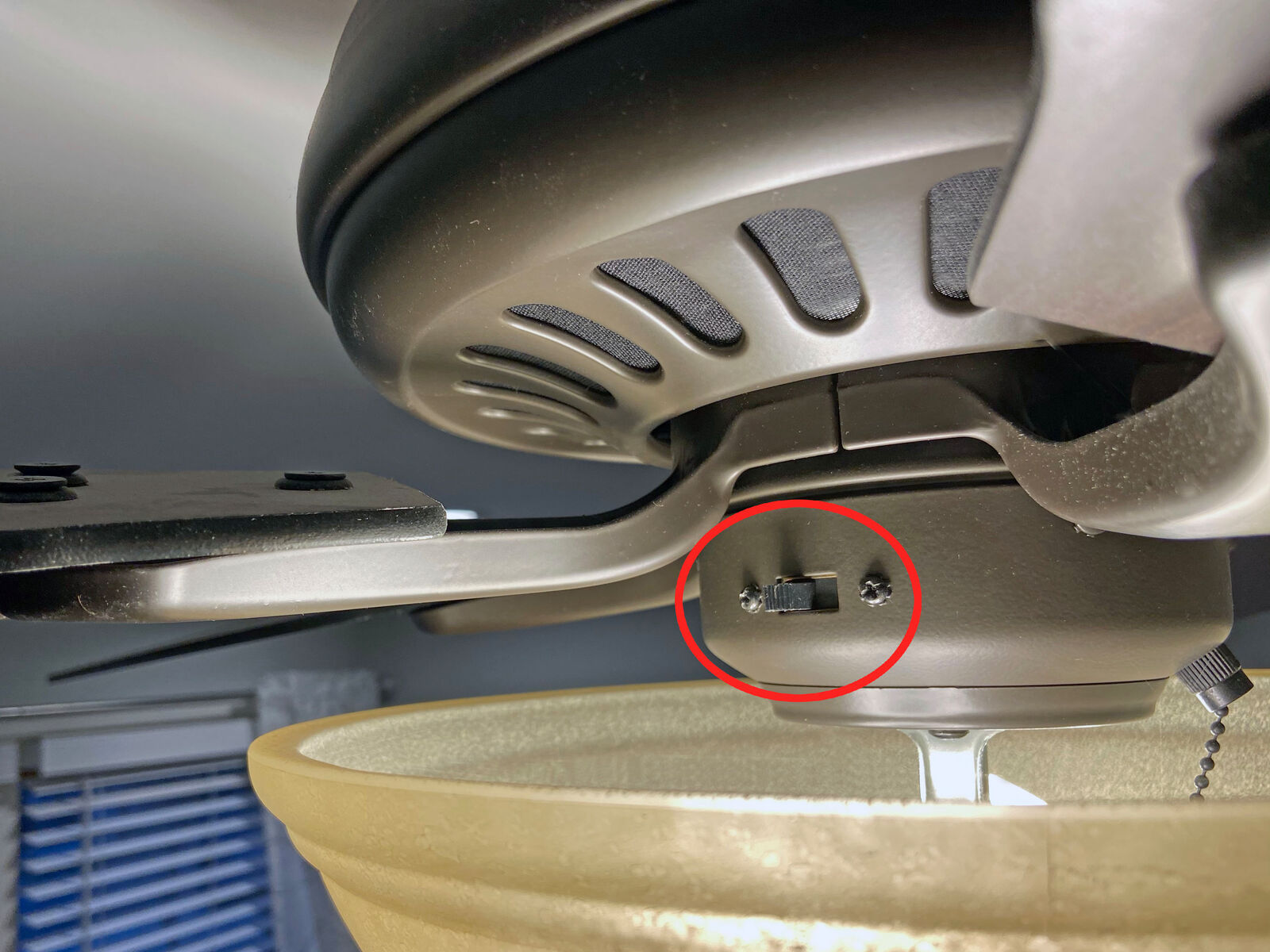


0 thoughts on “Which Way Should The Fan Turn In The Winter”